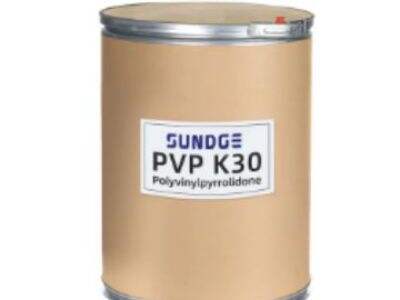Nanomaterials are incredibly small materials composed of minuscule particles. These particles are extremely small that you need special tools — for instance, powerful microscopes — to see them. Nanomaterials are employed in a lot of cool ways, despite their small size! They're used in medicine, such as in drugs that use better chemical compounds to provide better treatments, in technology, providing better processing for devices, and also in clothes to make them better too. Those tiny materials, however, are far from easy to make. That’s where dispersing agents come into play, they play a vital role in the functioning of nanomaterials! Let’s learn more about what makes them so necessary.
How to Keep Tiny Objects from Clumping Up
A significant challenge in producing nanomaterials is the tendency of the nanoparticles to agglomerate. This phenomenon is known as agglomeration. These particles act just like sugar that has become clumped up when something wet comes into contact with it, which is not desirable at all. The function of the dispersing agents is to keep the particles away from each other and to ensure that they are evenly distributed in the material. This process is extremely important as it enhances stability and uniformity of matrix, making it more effective.
Consider, for example, the production of nanomaterial-used sunscreen. If the particles in the sunscreen clump together, certain areas of your skin might not be sufficiently shielded from sunlight. This can give people sunburns or skin damage. A dispersing agent helps in ensuring that the nanomaterials are homogenously mixed in the sunscreen. So when you apply on the skin, then you get protection from the sun all over the body, better protection and your skin is safe.
Helping to Make More Product
Dispersing agents are more than ways to simply keep particles apart — they enable us to maximize the volume of the end product. When particles stick, it can be difficult to separate and remove them. This means less of the product we require, or at least not as much. It’s like trying to squeeze every drop of juice out of a bunch of gum-speckled oranges. A dispersing agent ensures the ingredients do not stick together, which is crucial to obtain higher yields of the final product — an essential step to produce sunscreens, for example, or paint.
Controlling Sizes and Shapes
Contrarily, controlling the particle size and shapes is of utmost value in controlling the properties of the resulting nanomaterials. Dispersing agents are helpful as well! This helps change the size and shape of the microscopic particles, which can impact how the final product appears and functions significantly. For instance, by varying the clusters’ size, the material’s colour can also change, as well as electrical conductivity. This control is crucial for producing products that achieve specific needs.
Ensuring All the Parts xylitol 1kg Work Together
At SUNDGE, we realize that this is a critical step to ensure the production of high-quality nanomaterials that are effective for all. And that is why we employ dispersing agents during our production process. With these agents, we can ensure such stability and uniformity of our nanomaterials, which will ultimately perform better.” We also avoid agglomeration, which increases our yield. We can further control the size, shape, and other key properties of the nanoparticles to ensure they perform as designed.
Thus, Dispersing agents are essential for the fabrication of nanomaterials. They help separate particles, increase how much product we get, control sizes and shapes and alter material properties. At SUNDGE, we appreciate the importance of good quality dispersing agents used in the functionalization of nanomaterials. This allows us to create unique active phases in different formulary compositions that are effective, safe, and as trustworthy as anyone could use.

 EN
EN
 AR
AR
 NL
NL
 FI
FI
 FR
FR
 DE
DE
 EL
EL
 HI
HI
 IT
IT
 JA
JA
 KO
KO
 NO
NO
 PL
PL
 PT
PT
 RO
RO
 RU
RU
 ES
ES
 SV
SV
 CA
CA
 TL
TL
 IW
IW
 ID
ID
 SR
SR
 UK
UK
 VI
VI
 SQ
SQ
 ET
ET
 HU
HU
 TH
TH
 TR
TR
 FA
FA
 MS
MS
 CY
CY
 BE
BE
 BN
BN
 BS
BS
 EO
EO
 LO
LO
 LA
LA
 MN
MN
/images/share.png)
